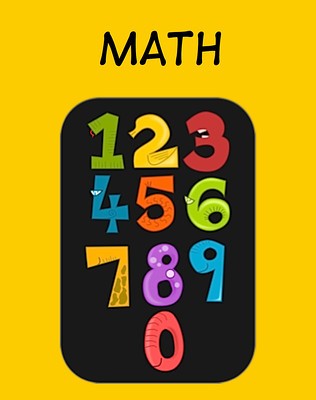Math Principle #2: One-to-One Correspondence
 When teaching the math principle called “one-to-one correspondence”, it is important to involve physical development, fine motor skills, gross motor skills, and making it something they delight in – all at the same time! Then they will get it much faster.
When teaching the math principle called “one-to-one correspondence”, it is important to involve physical development, fine motor skills, gross motor skills, and making it something they delight in – all at the same time! Then they will get it much faster.
Count while Eating
They can count each cheerio, or each green bean. Before they realize it, they are understanding subtraction! It gets the brain wired for math as a toddler. They may not know it, of course; but one day it will click.
Tick Tock Game
Also mentioned in our previous post on math, this game can be used to teach one-to-one correspondence. It involves the body and balance. When they say the number, lift a finger and have them jump. As a rule, only go as high as they are old (until the age of 5).
Counting Steps
Also, again, count when going up steps. Always go in order. Every time you go up steps, no matter where you are, count them. This actually teaches all three principles: stable order, one-to-one correspondence, and cardinal.
Once they have gotten all principles – the foundations of math – then you can play with it more. Tape numbers on the stairs, starting with 1 on the first step at the bottom. For instance, go up three and take the taped number (3) off the step. Then say, “What is 3 take away 1?” looking down to step number 2. This is a way of getting math into their very muscles.
The Coffee Can
Take a coffee can. (Be careful it’s one with a lip and thin edge at the top – otherwise some may be sharp.) Begin with infants dropping things in one object at a time. Say “In” each time it goes in. Say “Out” each time an object comes out. If the child is doing it themselves, the infant body is learning one-to-one correspondence.
When they are older, you can use clothes pins without springs. For any “oral” (3-4 or under) child, cut a 1 to 1 ½ inch hole in the top so that only one clothes pin can fit in at a time. Drop the clothes pin in, counting each time one enters.
As they get still older, change the game by making the opening in the lid a slit rather than a hole. The ends of frozen juice containers (washed, of course!) can be pushed through. Or if a can opener leaves a smooth edge on the can top that it cuts off (so that it is safe for a kid to handle), this can be pushed through the slit as well. This can be used in the same way as the clothes pins, but by using these objects their finger muscles will be strengthened.
Finally, with older kids, take two stickers that look the same and put them on two lids. And two more, making another pair of lids, and so on. Then the child can find a matching pair before putting them in the coffee can.
A Few More Ideas
Here is another tool to have in your “tool kit”: When going somewhere that you know they’ll be reluctant to leave, ask them to choose one activity to end with and have a count down. For instance, if you are at a park, it may be swings to end with. If the child understands the “stable order principle” (principle #1) well enough, you can count down pushes on the swings. The numbers correspond in a one-to-one manner with the pushes.
Another idea is to pick a number and have a number for the day. Do things that day in that amount. For instance, if the number of the day is 3, the child might eat 3 beans, and then have 3 more. He might wear 3 socks! Or swing 3 times. Or jump 3 times. (You get the picture.) By the end of the day, they will have the idea engrained – usually. The idea is to reinforce just one number all day long.
Photo Credit: Tiffany Whitehead cc
Related Posts
By accepting you will be accessing a service provided by a third-party external to https://growthandgiggles.com/